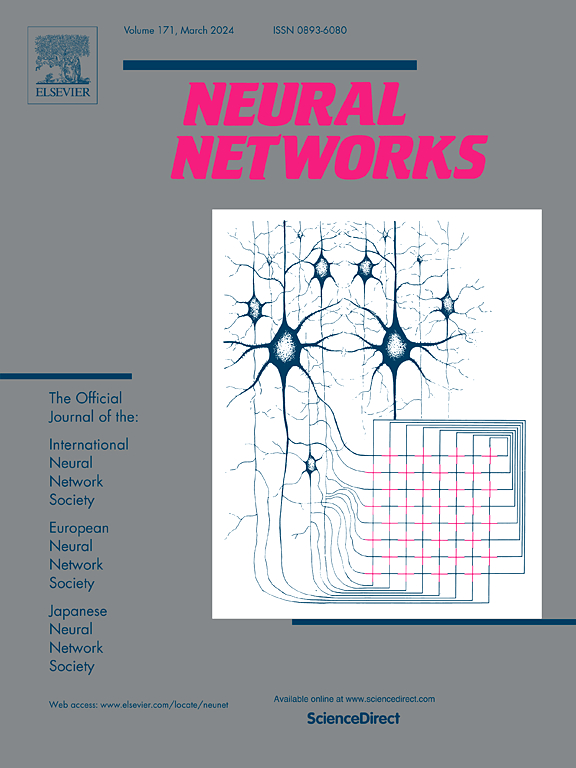UNAGI: Unified neighbor-aware graph neural network for multi-view clustering
IF 6
1区 计算机科学
Q1 COMPUTER SCIENCE, ARTIFICIAL INTELLIGENCE
引用次数: 0
Abstract
Multi-view graph refining-based clustering (MGRC) methods aim to facilitate the clustering of data via Graph Neural Networks (GNNs) by learning optimal graphs that reflect the underlying topology of the data. However, current MGRC approaches are limited by their disjoint two-stage process, where the graph structure is learned in the first stage before the GNN messages are propagated in the subsequent stage. Additionally, current approaches neglect the importance of cross-view structural consistency and semantic-level information and only consider intra-view embeddings. To address these issues, we propose a Unified Neighbor-Aware Graph neural network for multi-vIew clustering (UNAGI). Specifically, we develop a novel framework that seamlessly merges the optimization of the graph topology and sample representations through a differentiable graph adapter, which enables a unified training paradigm. In addition, we propose a unique regularization to learn robust graphs and align the inter-view graph topology with the guidance of neighbor-aware pseudo-labels. Extensive experimental evaluation across seven datasets demonstrates UNAGI’s ability to achieve superior clustering performance.
求助全文
约1分钟内获得全文
求助全文
来源期刊

Neural Networks
工程技术-计算机:人工智能
CiteScore
13.90
自引率
7.70%
发文量
425
审稿时长
67 days
期刊介绍:
Neural Networks is a platform that aims to foster an international community of scholars and practitioners interested in neural networks, deep learning, and other approaches to artificial intelligence and machine learning. Our journal invites submissions covering various aspects of neural networks research, from computational neuroscience and cognitive modeling to mathematical analyses and engineering applications. By providing a forum for interdisciplinary discussions between biology and technology, we aim to encourage the development of biologically-inspired artificial intelligence.
 求助内容:
求助内容: 应助结果提醒方式:
应助结果提醒方式:


